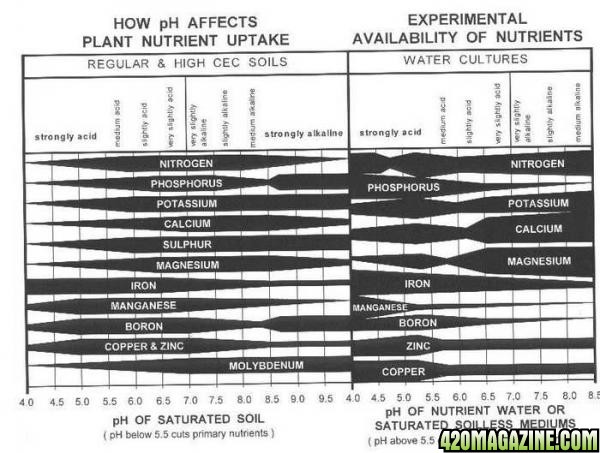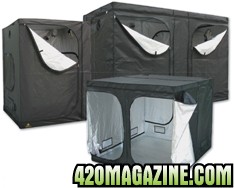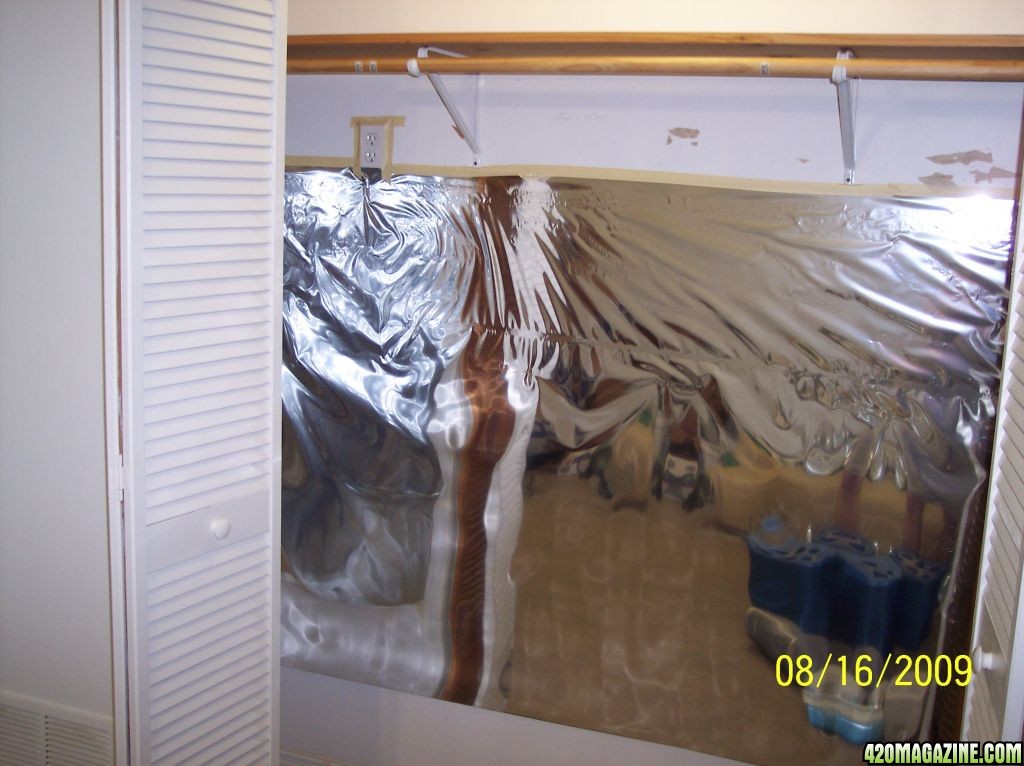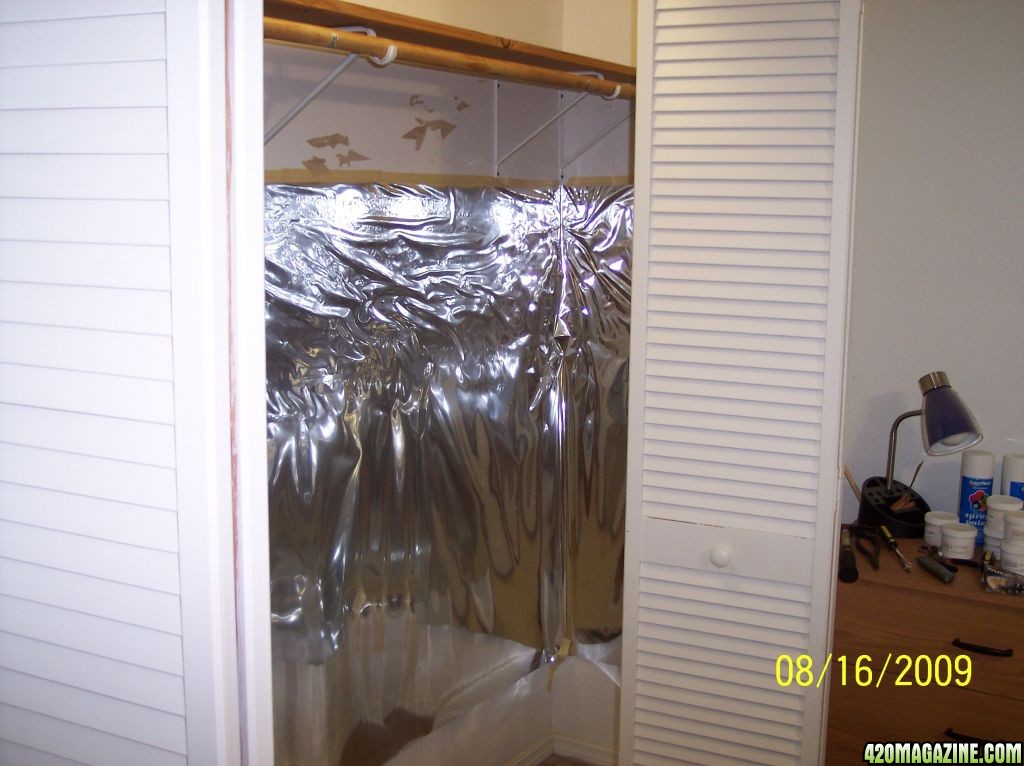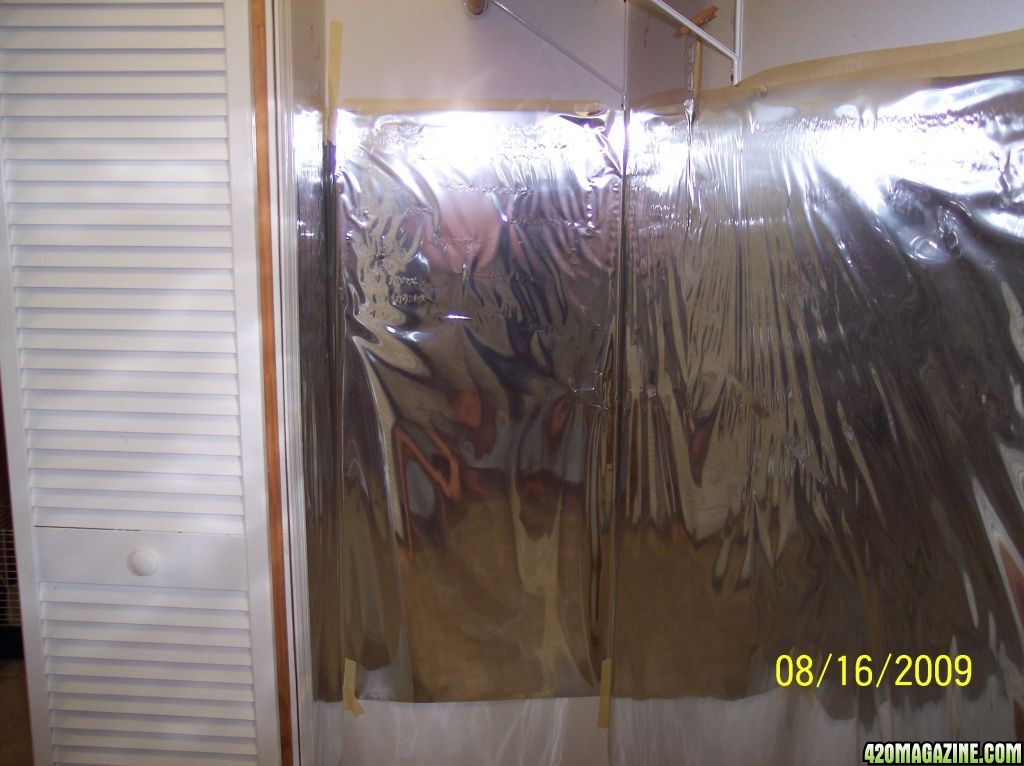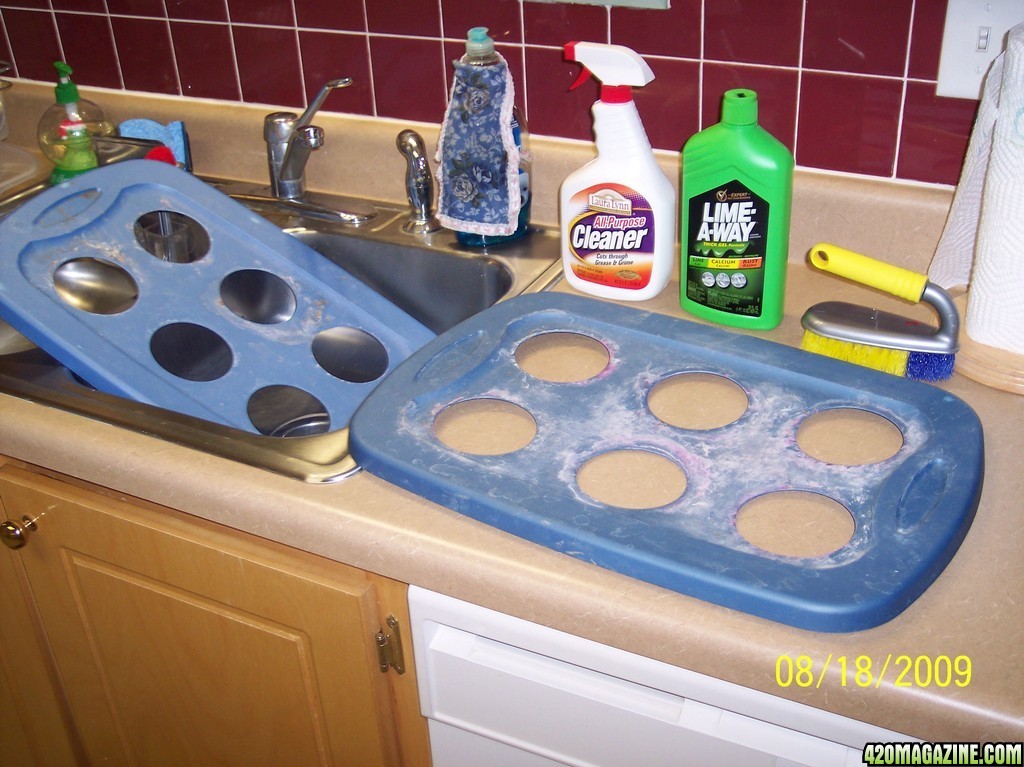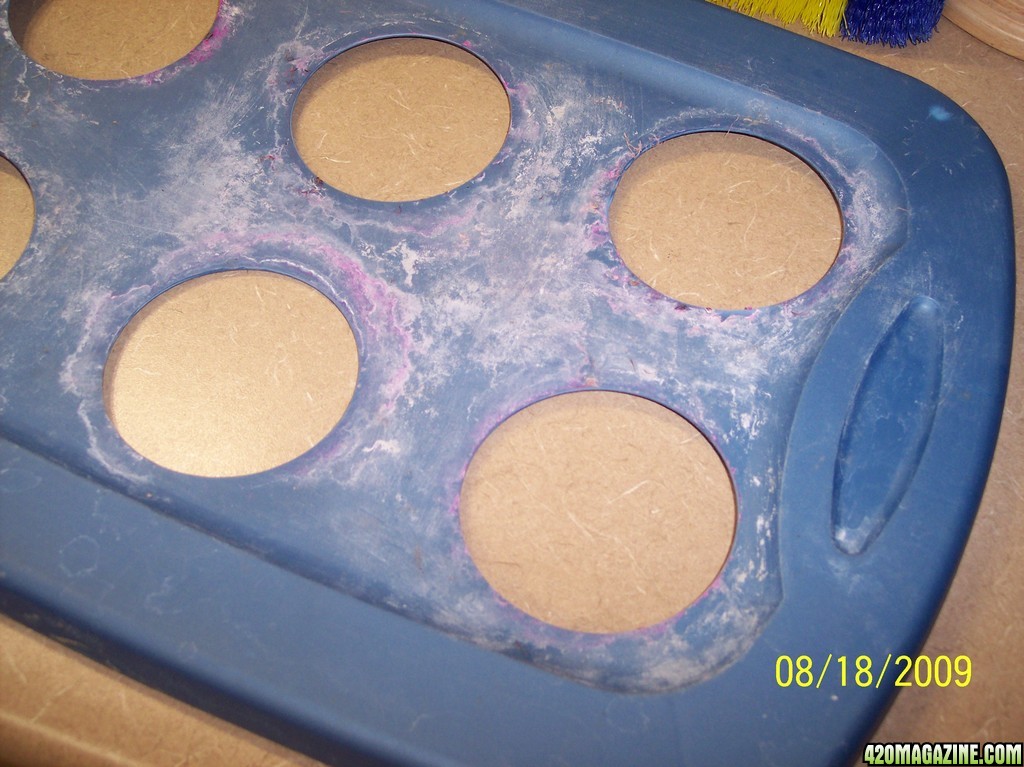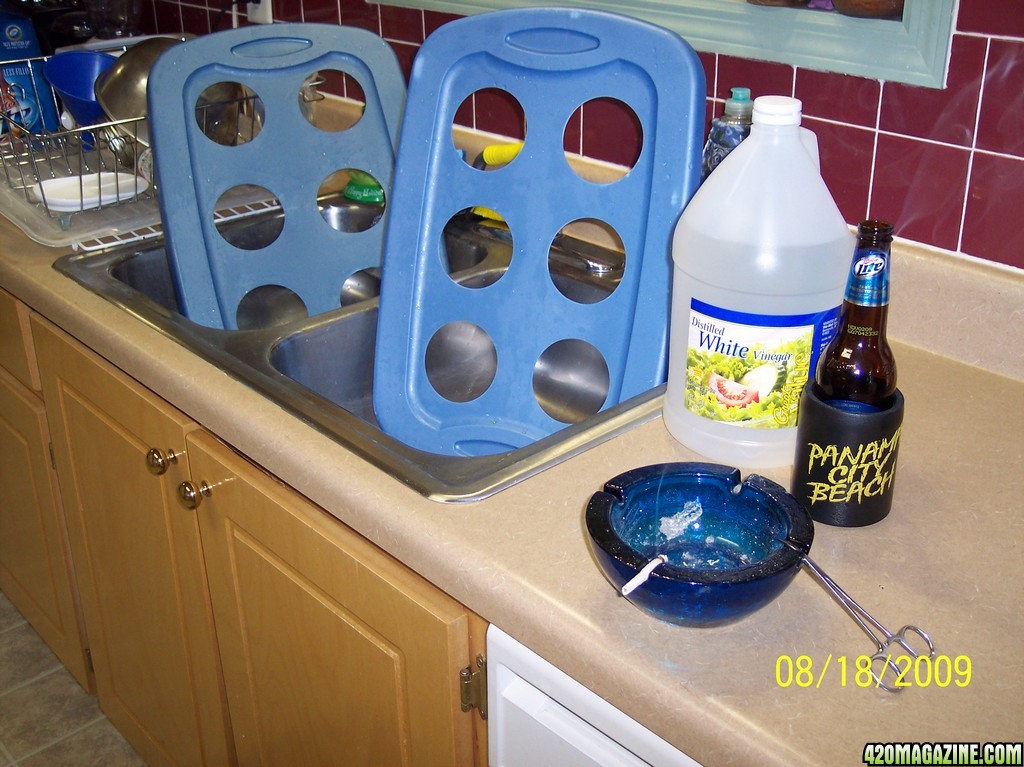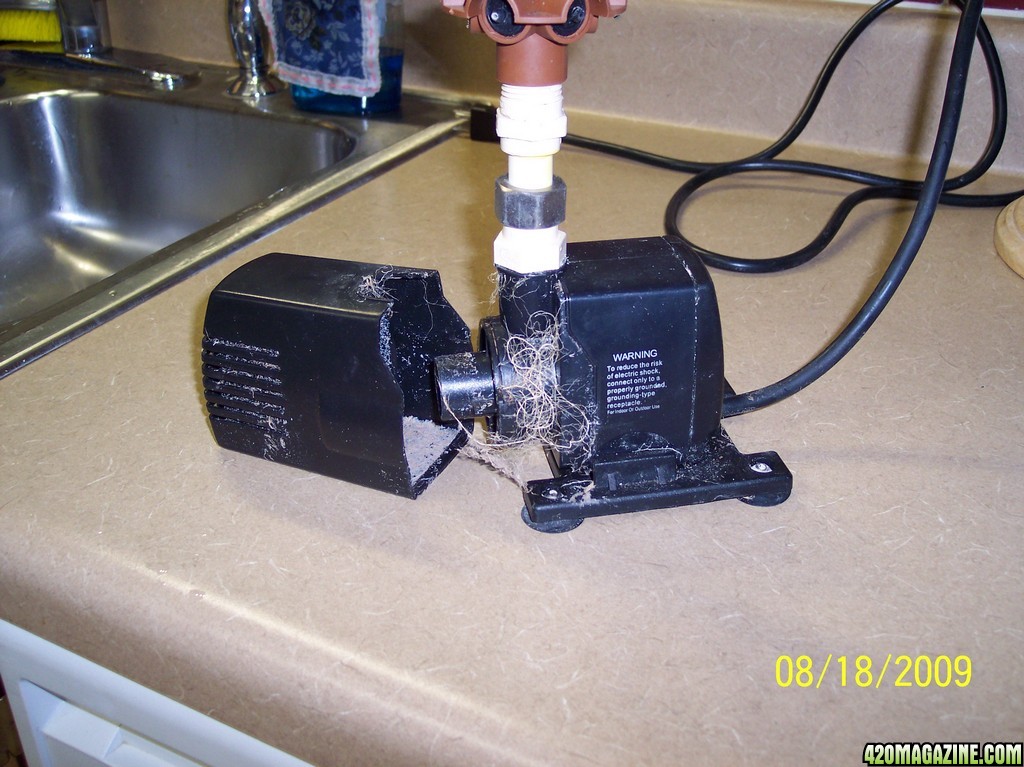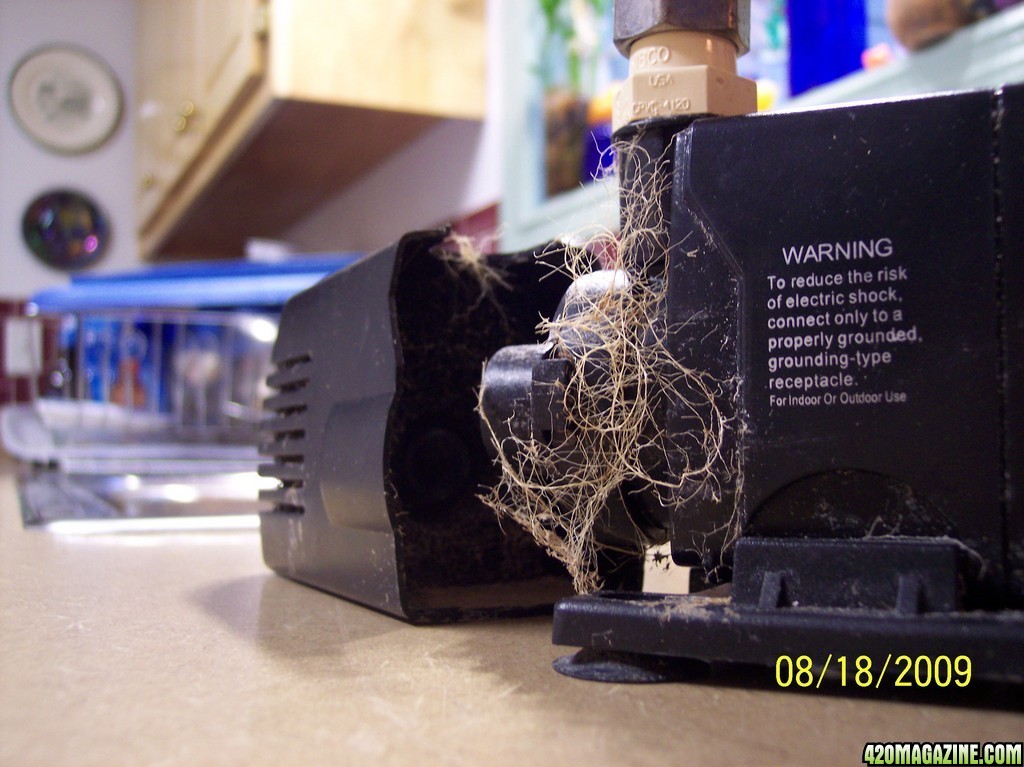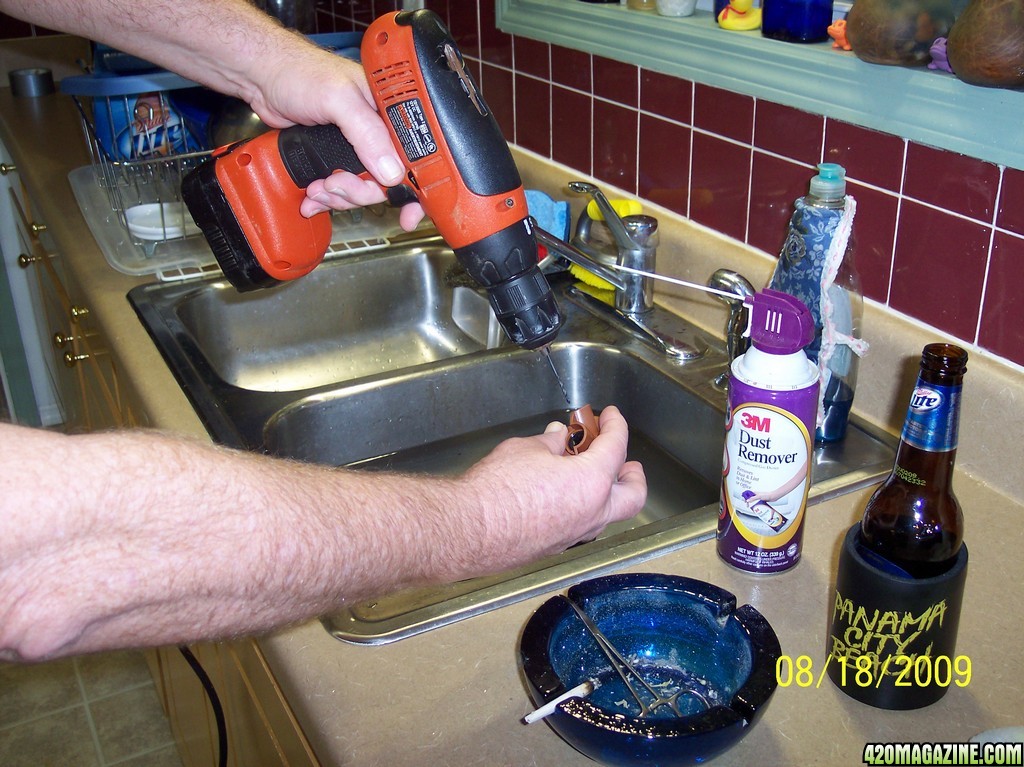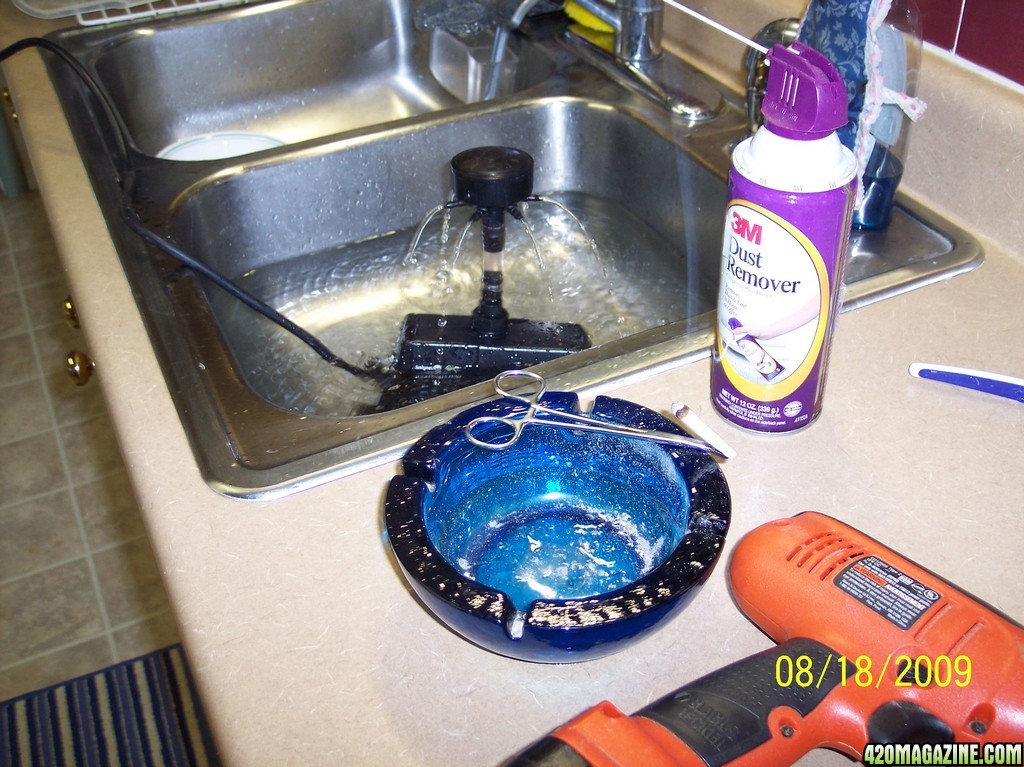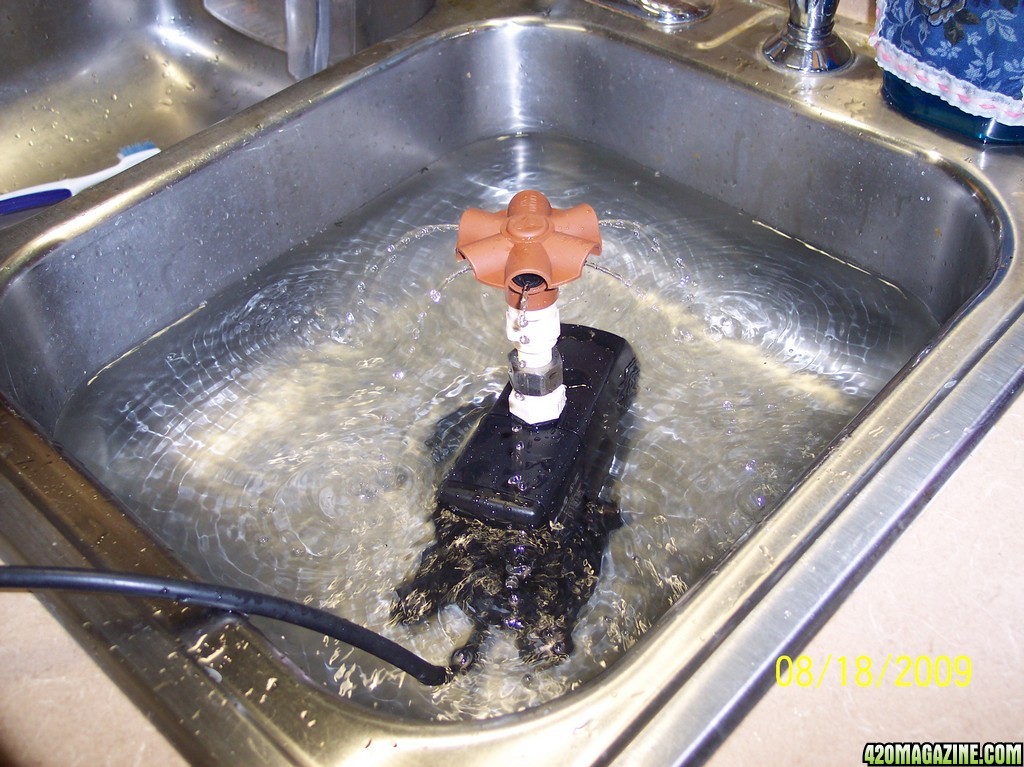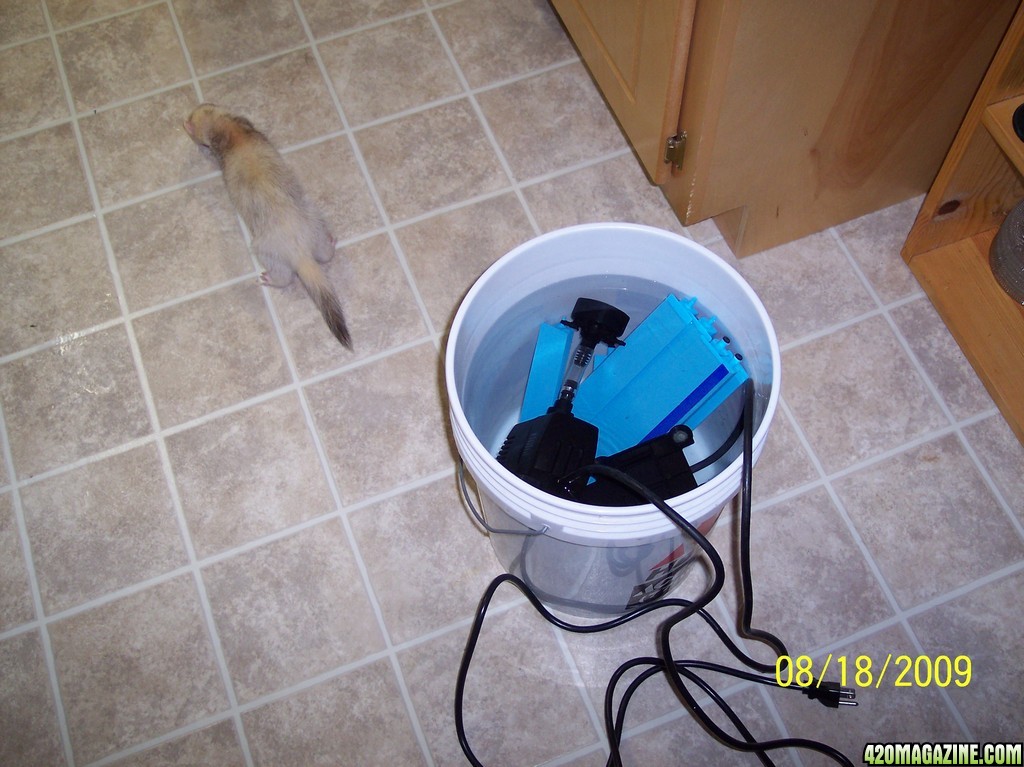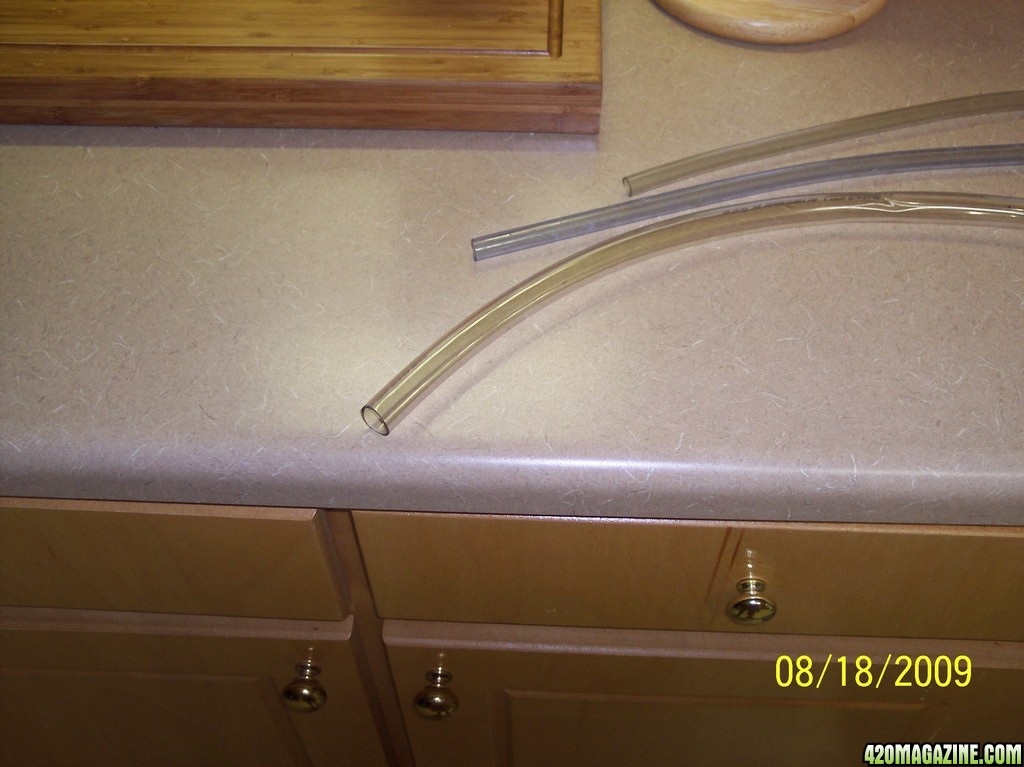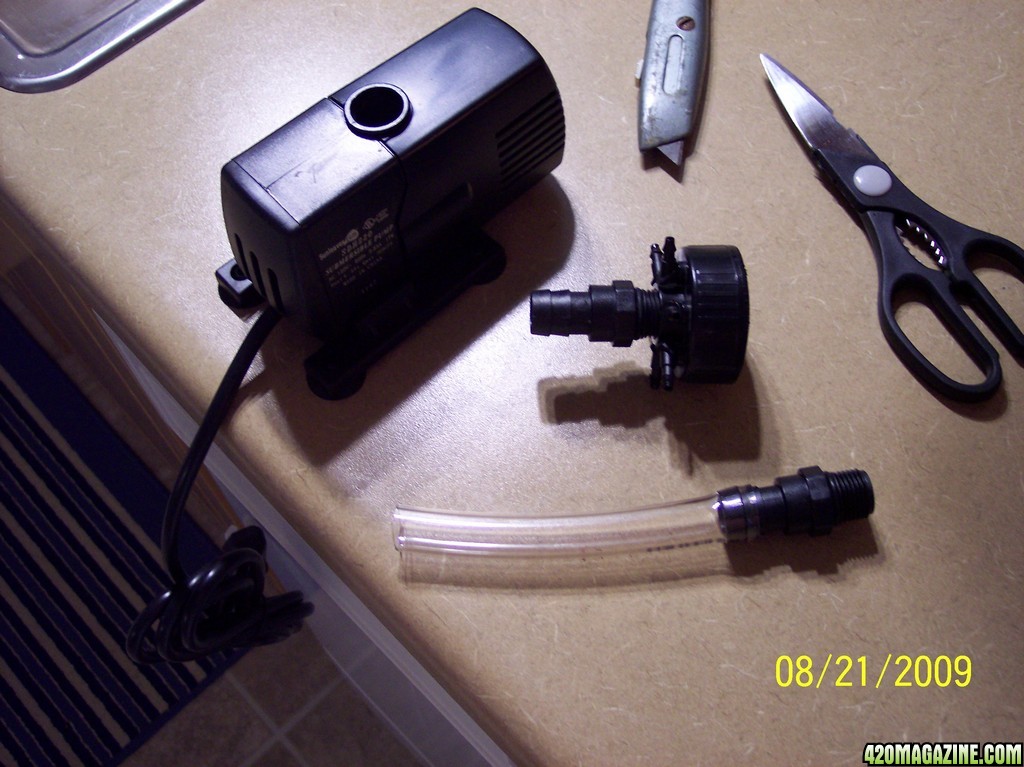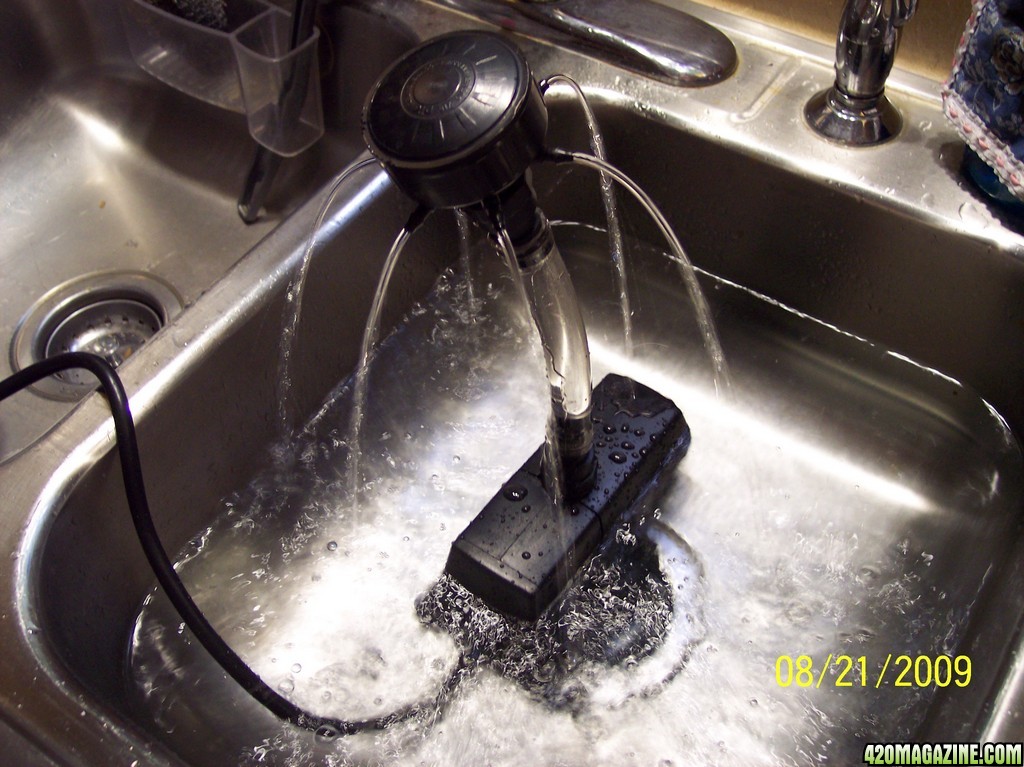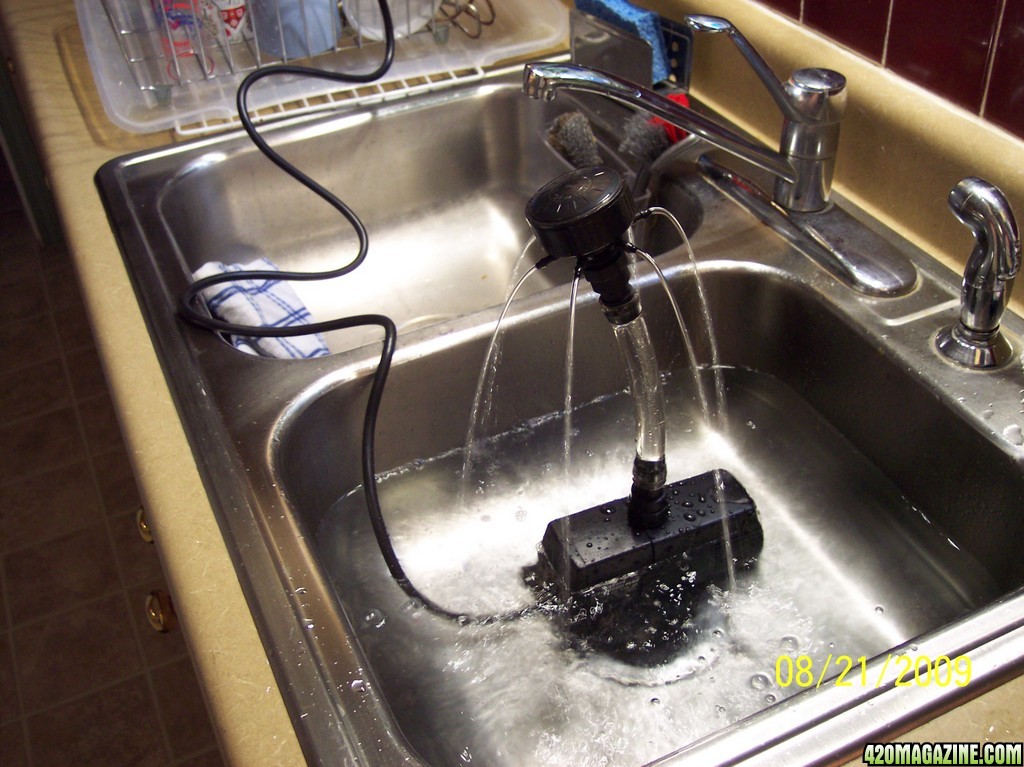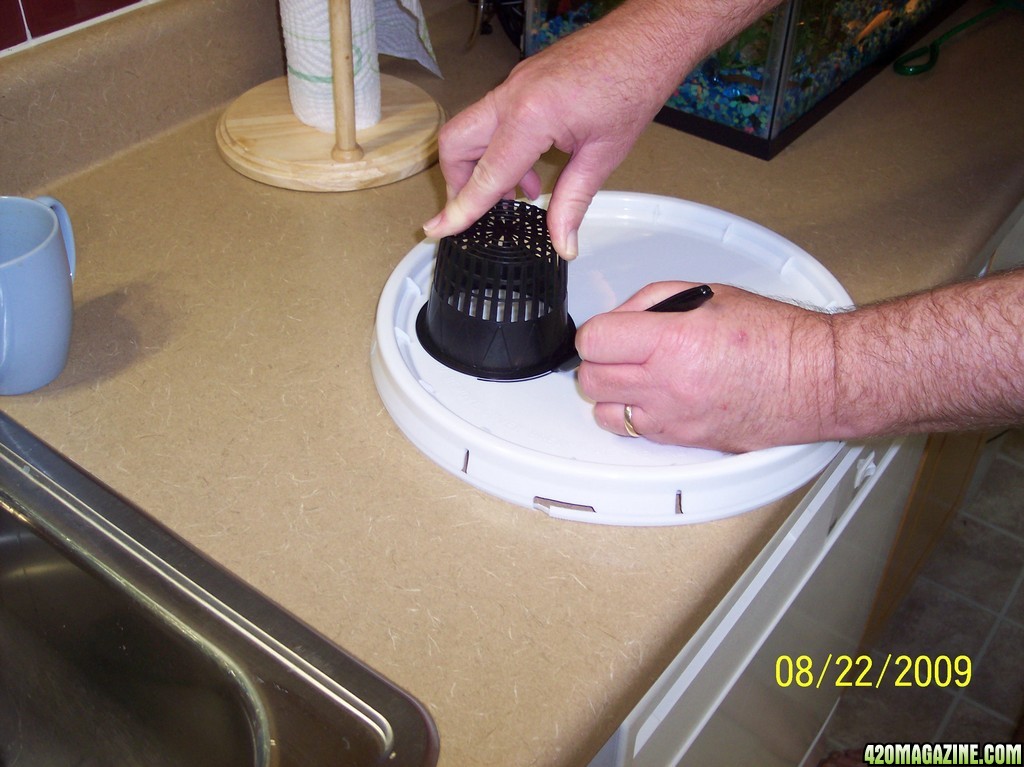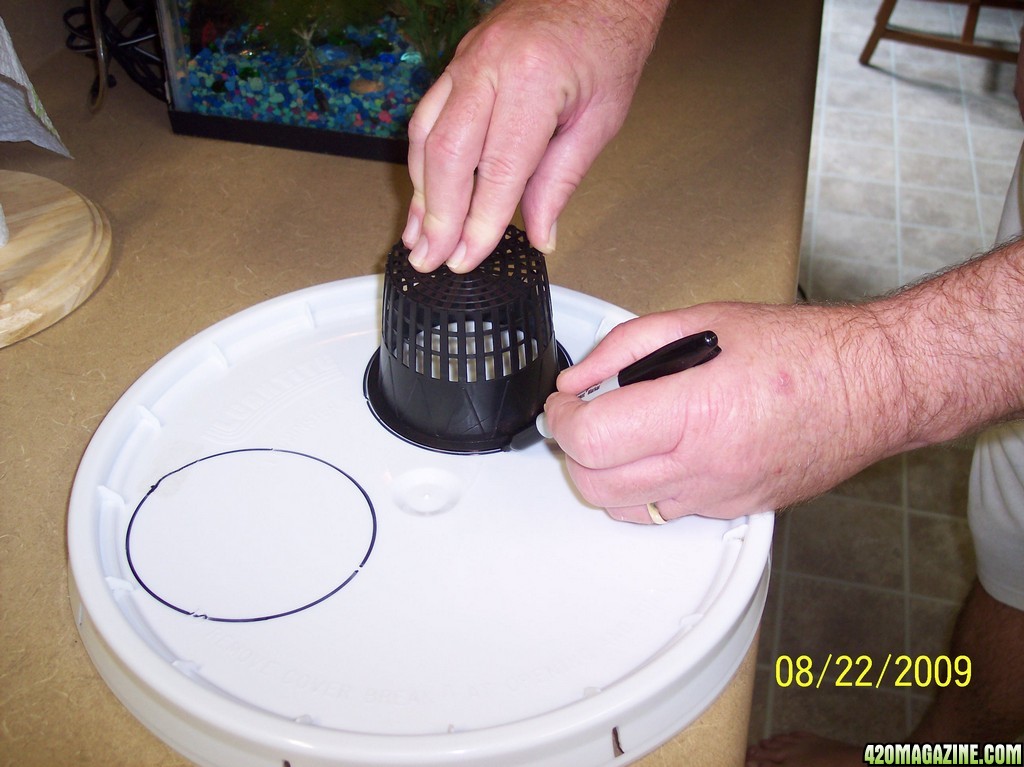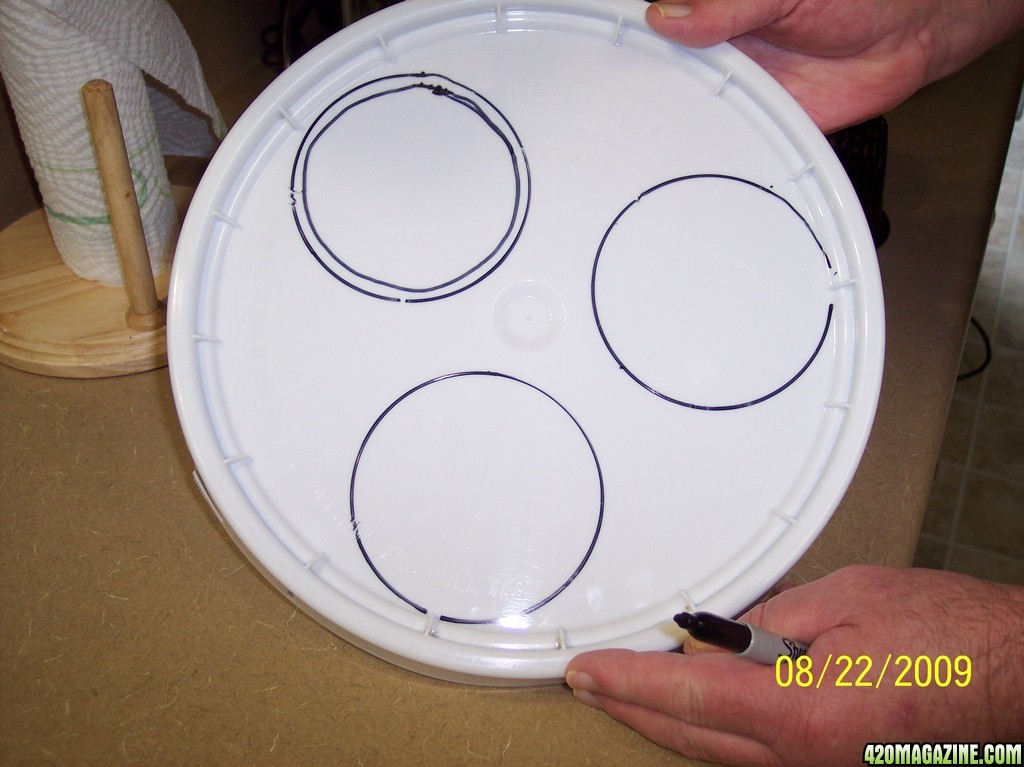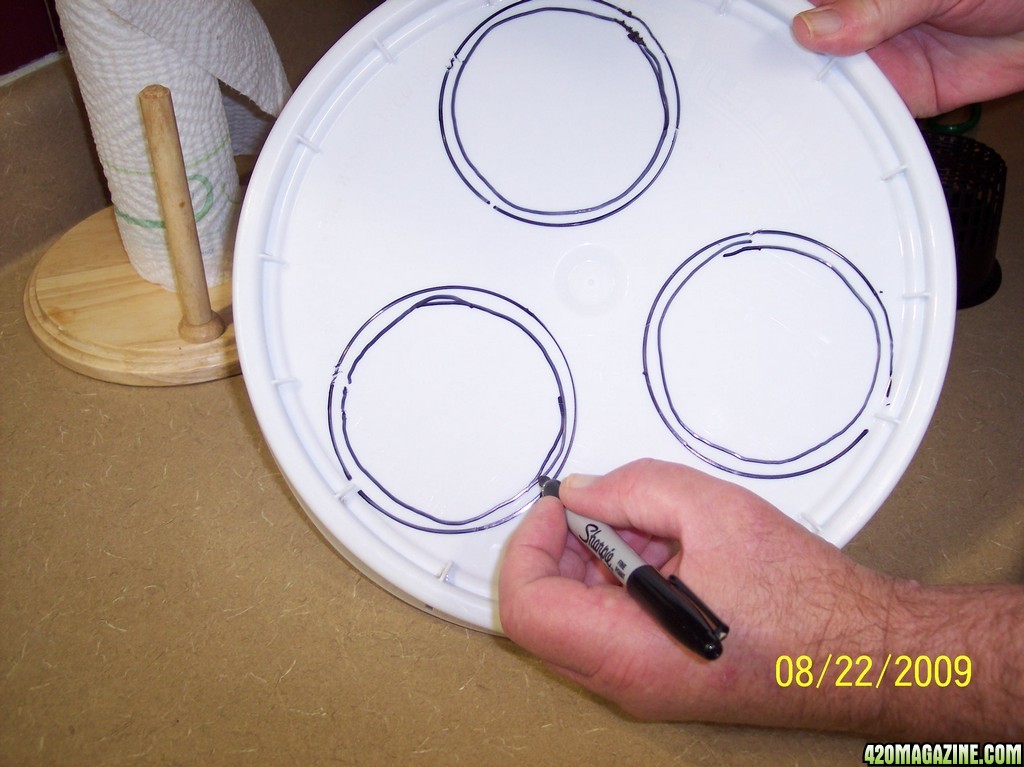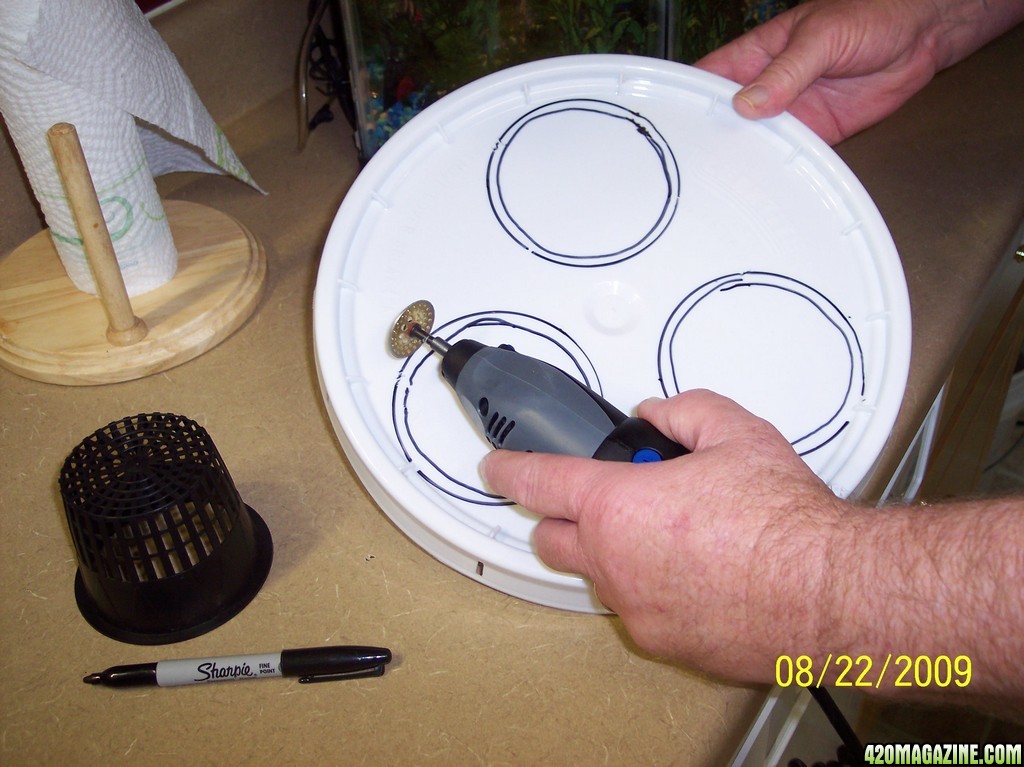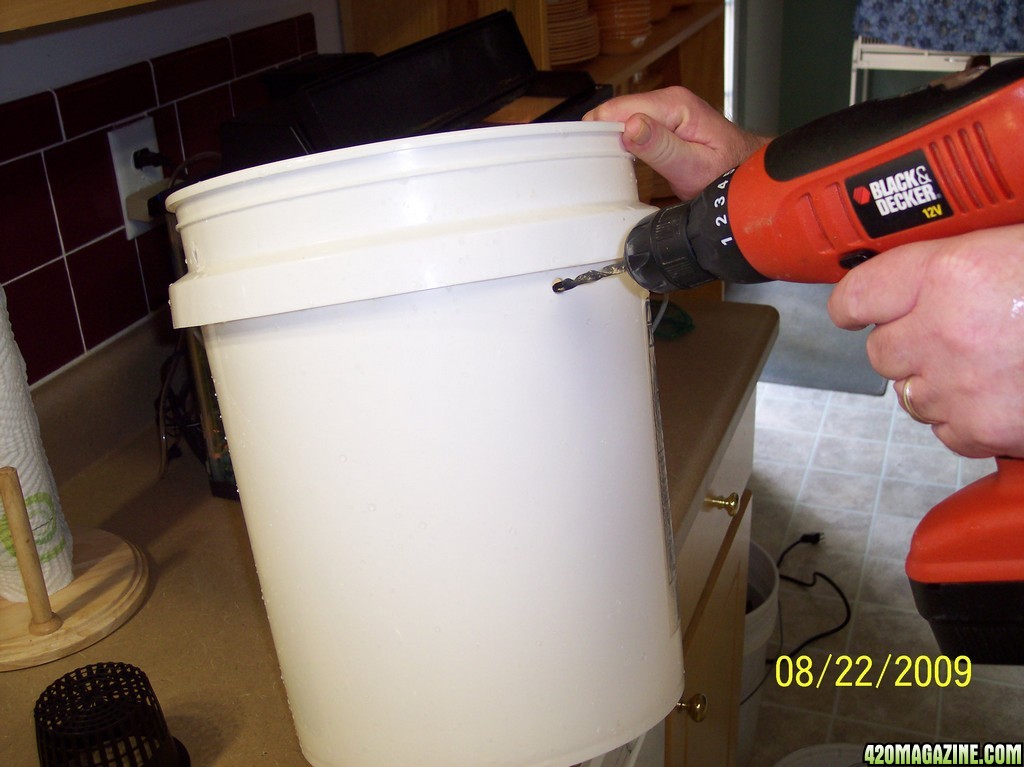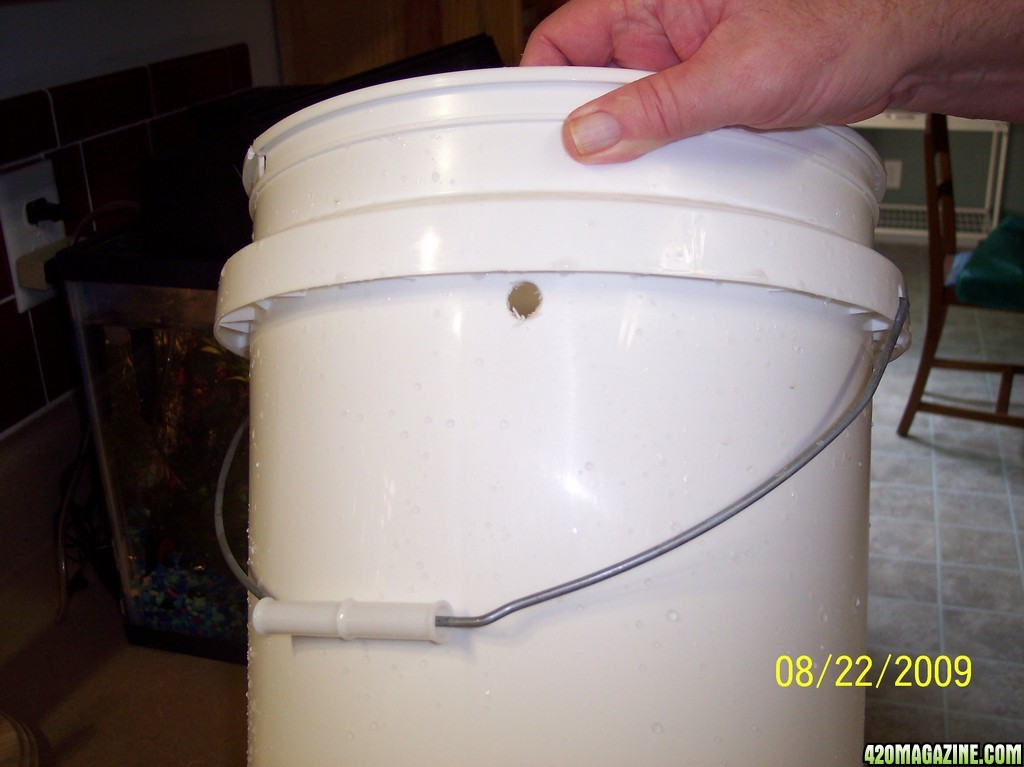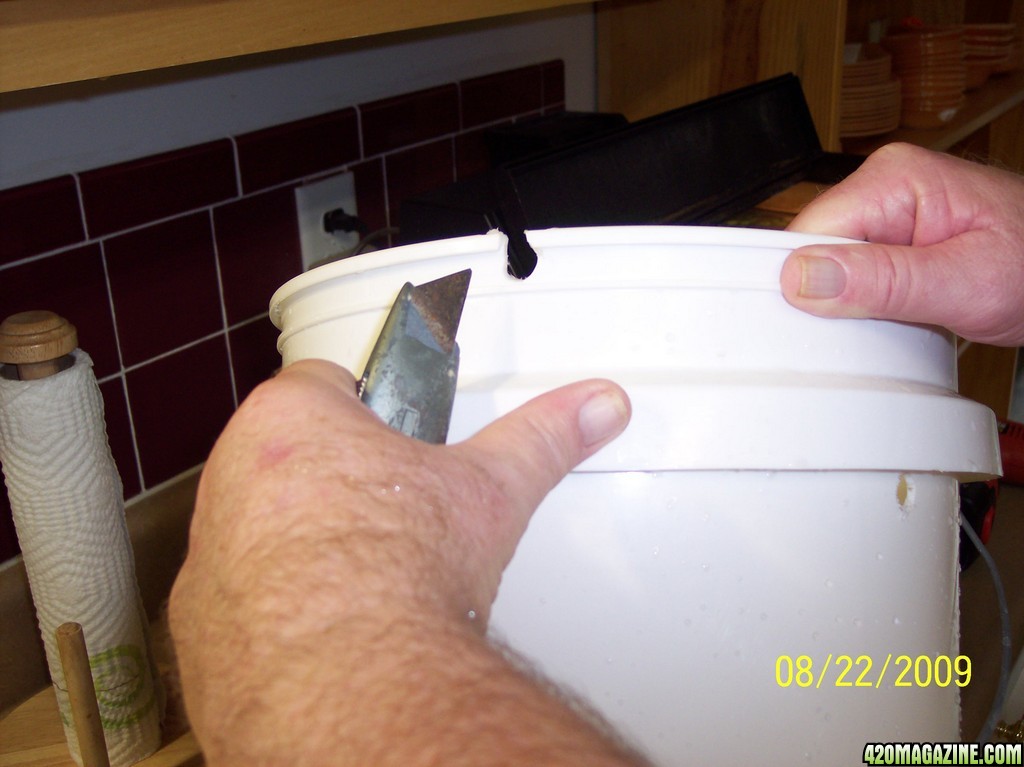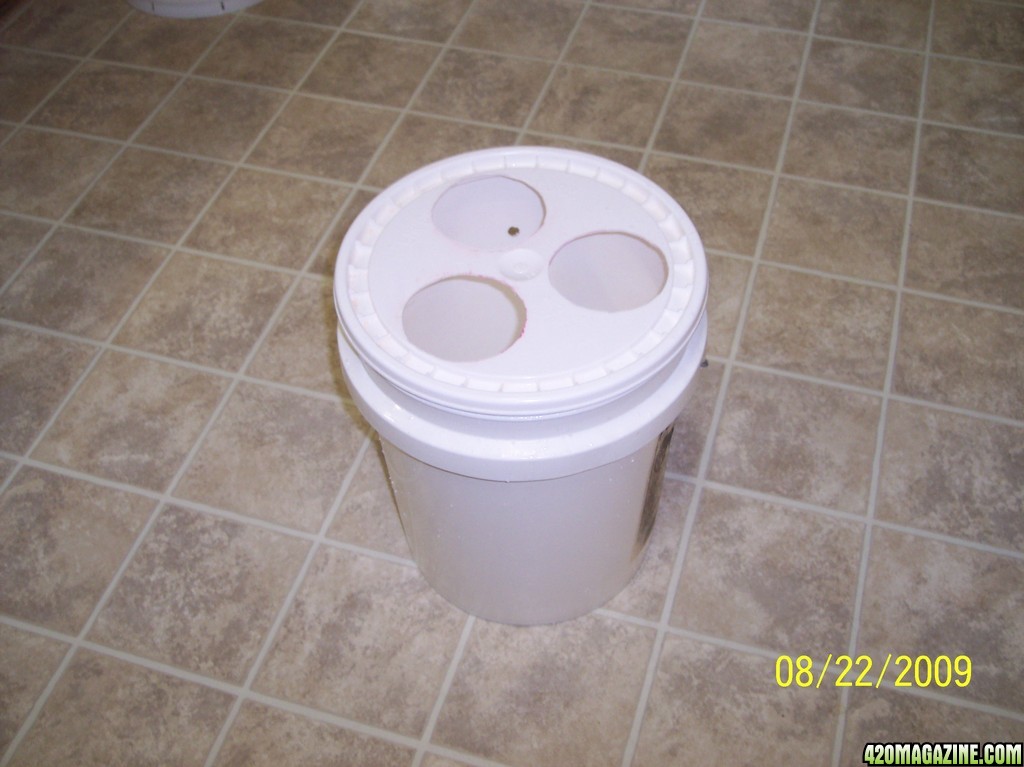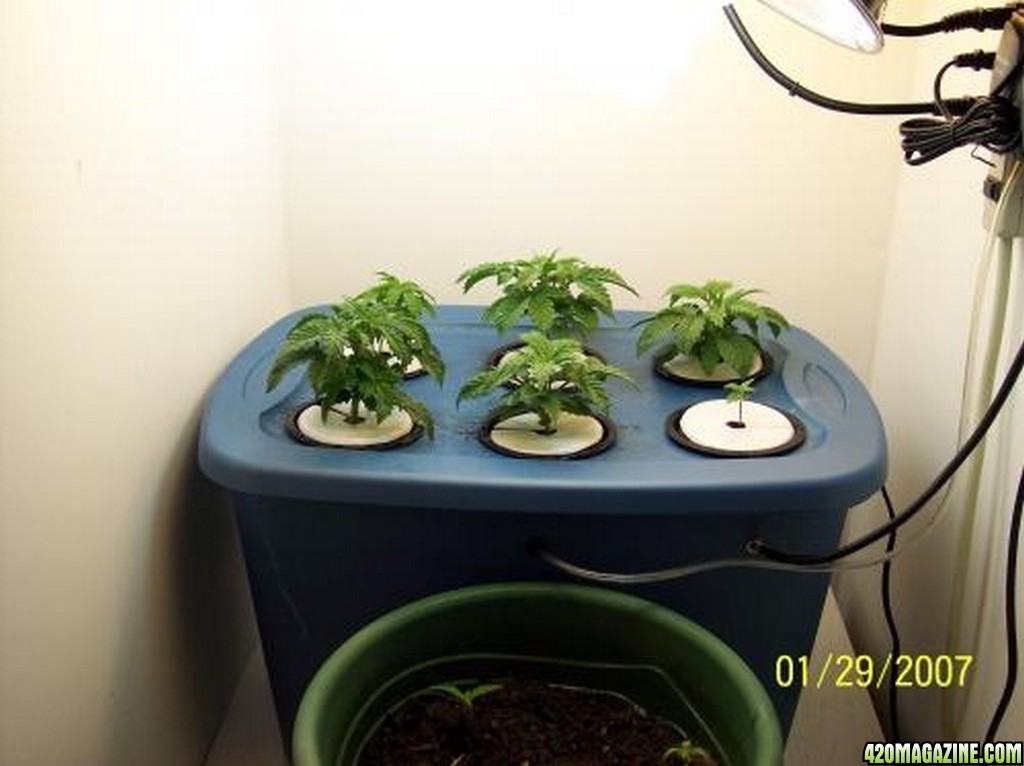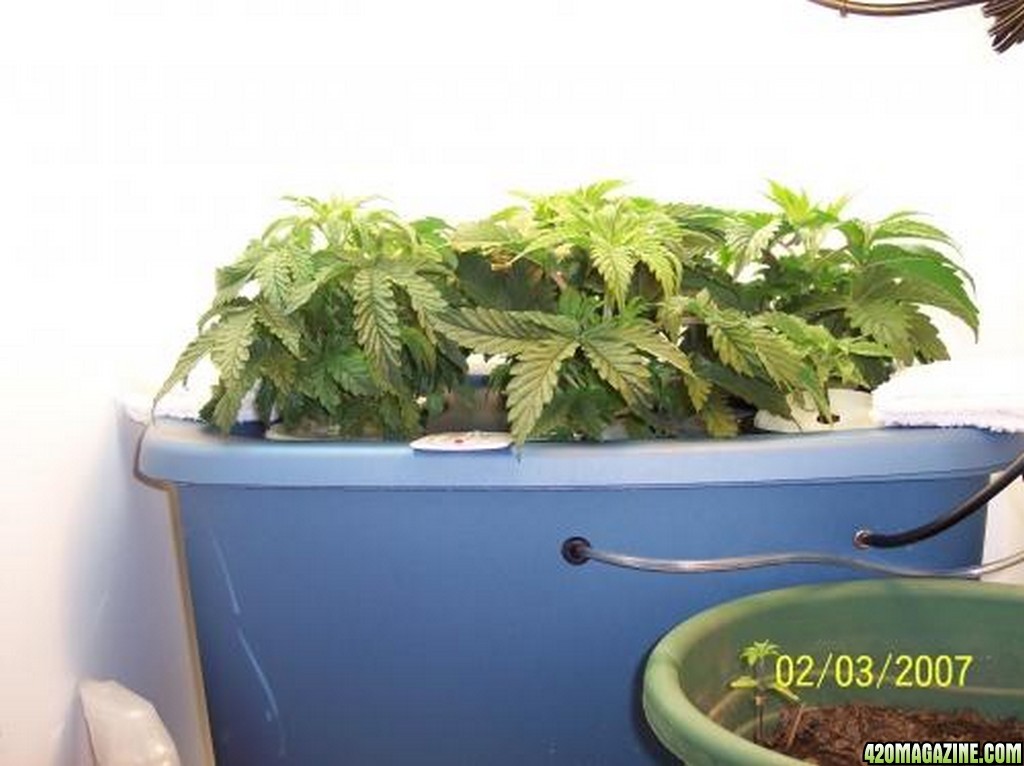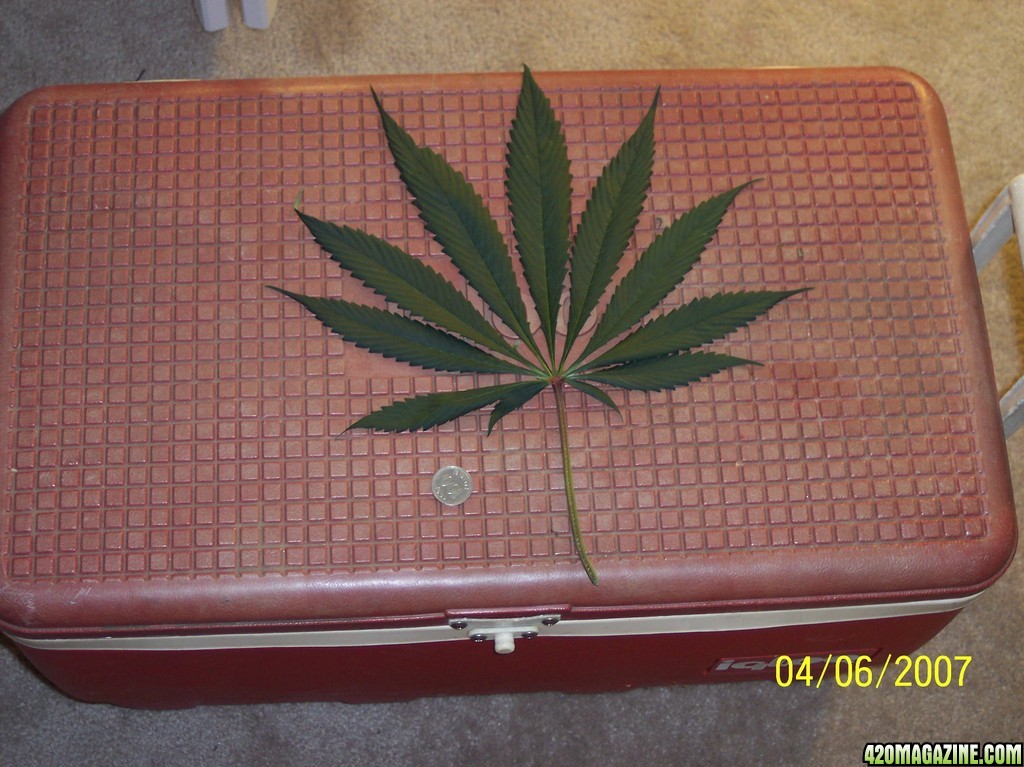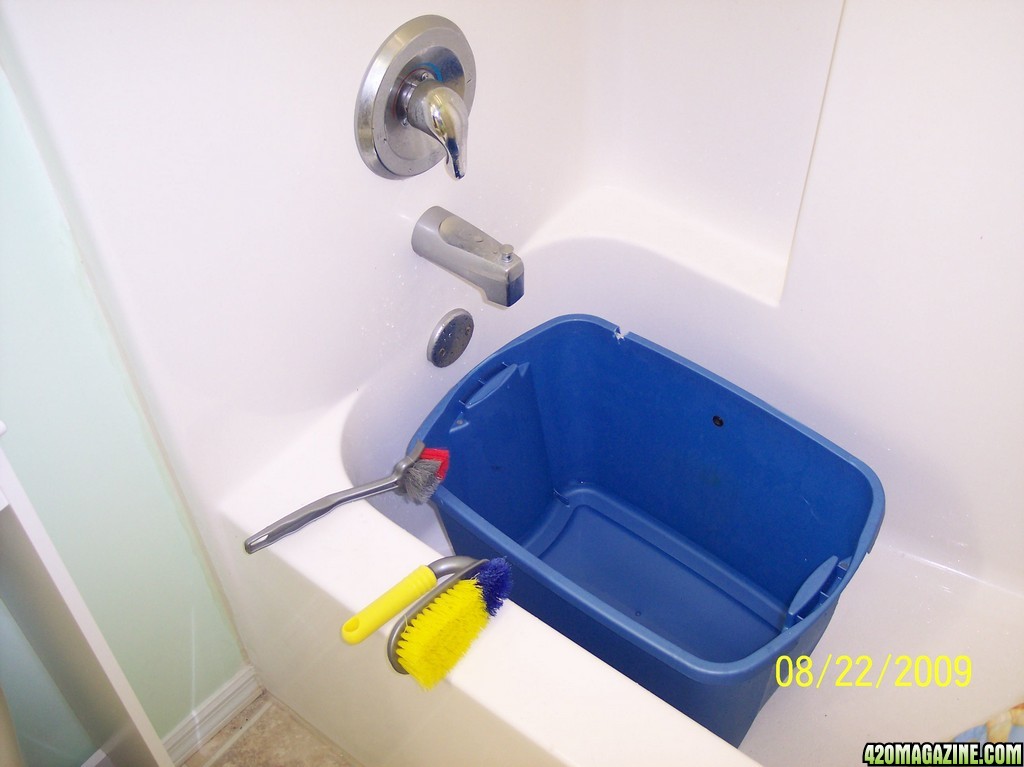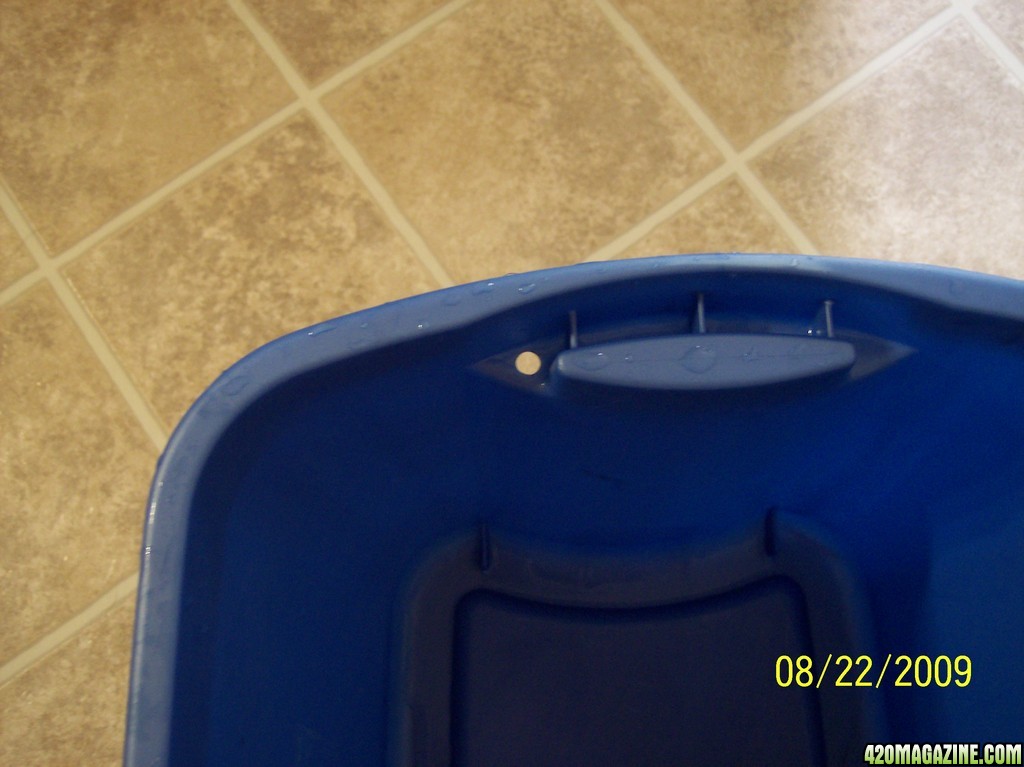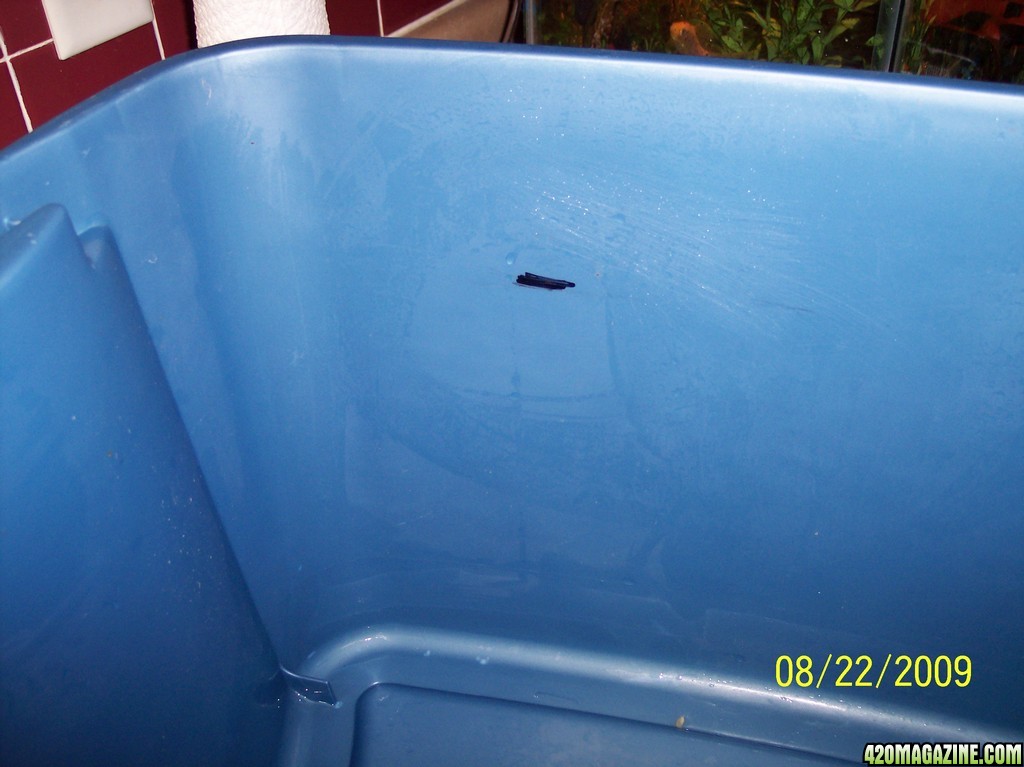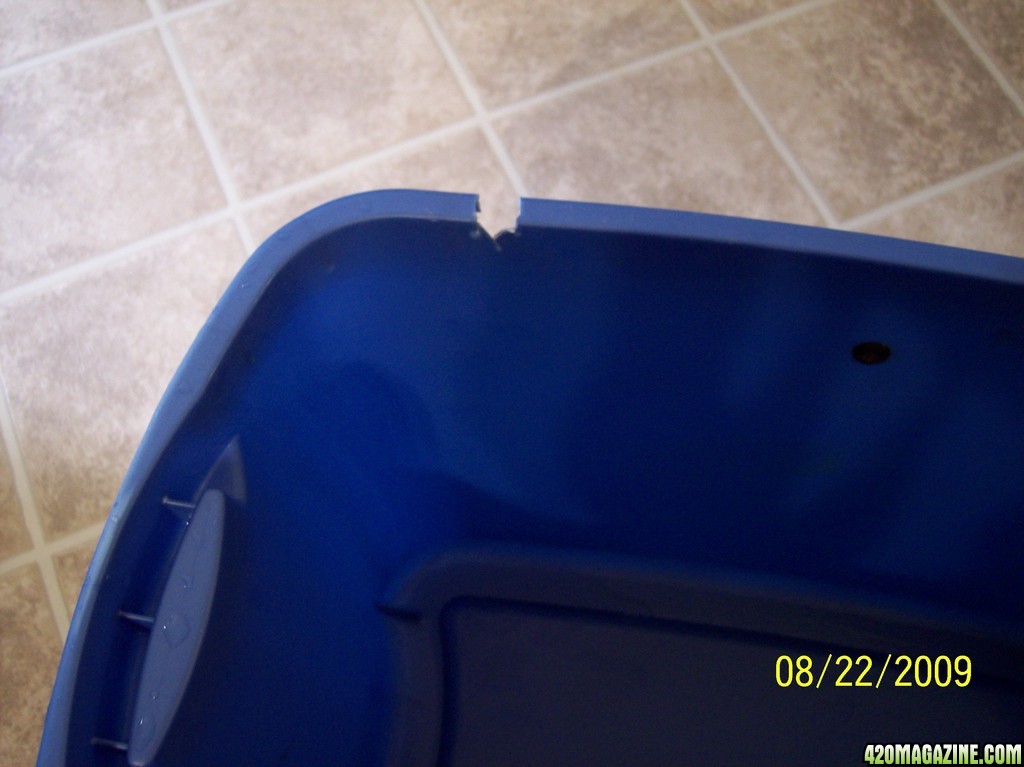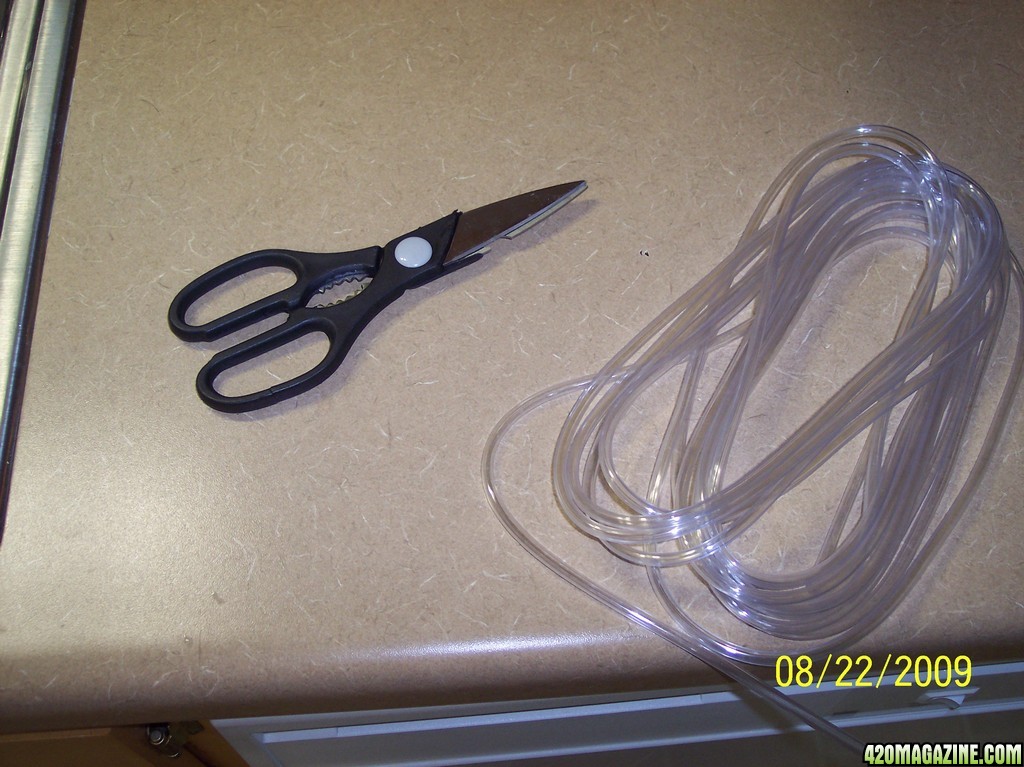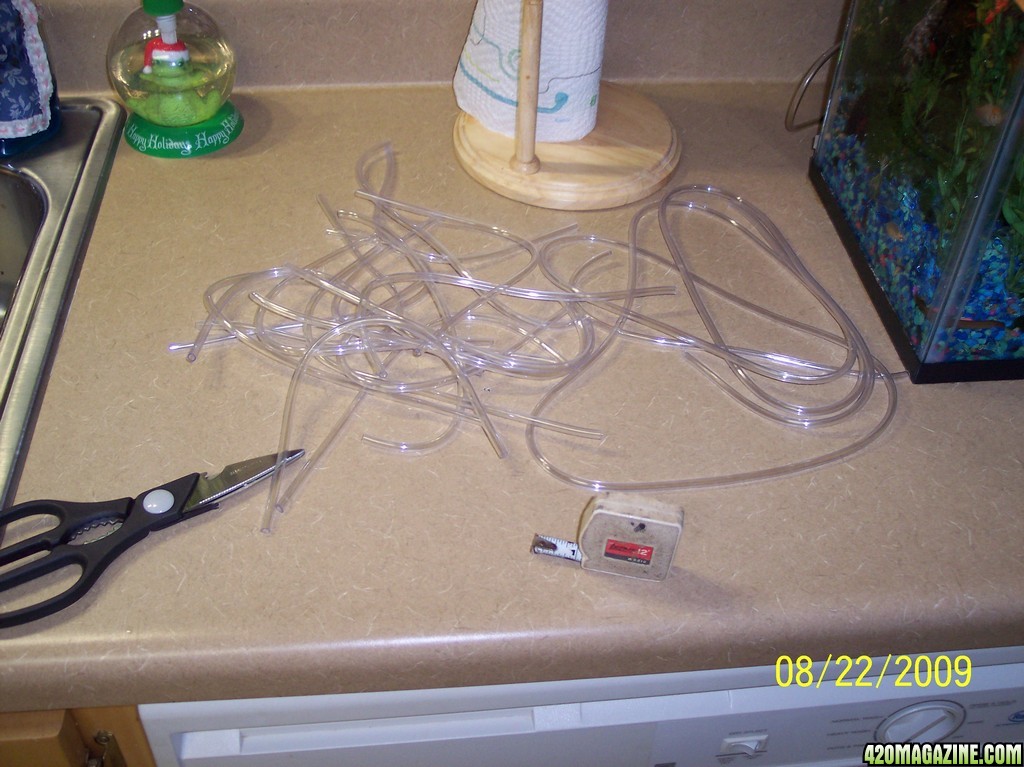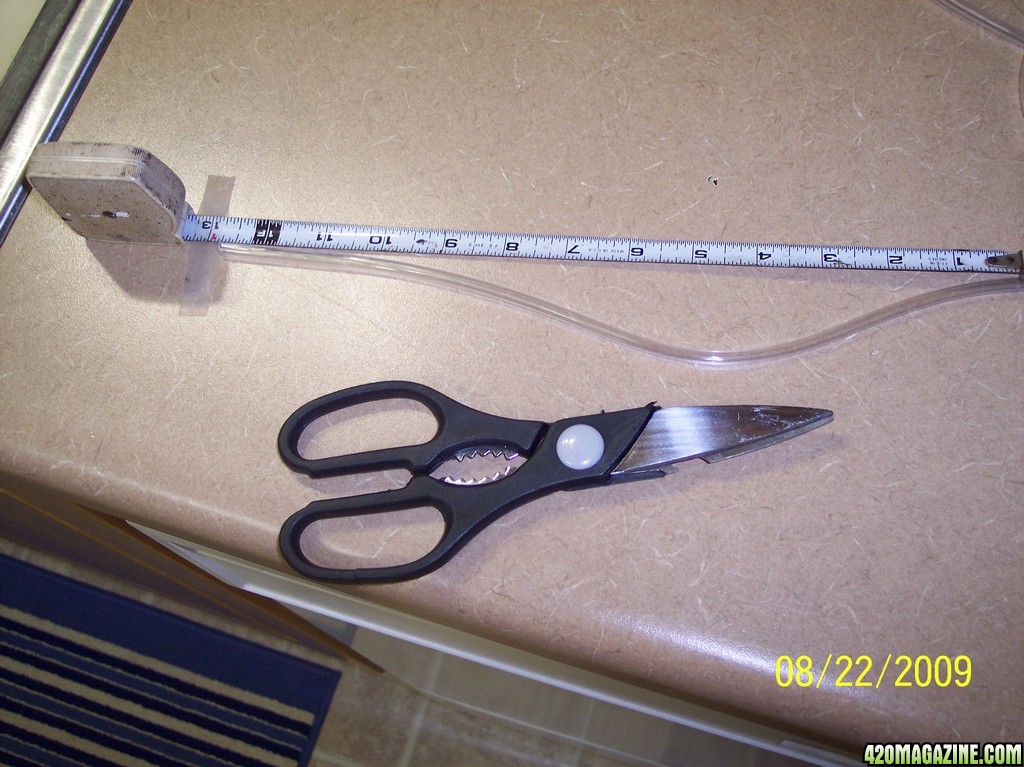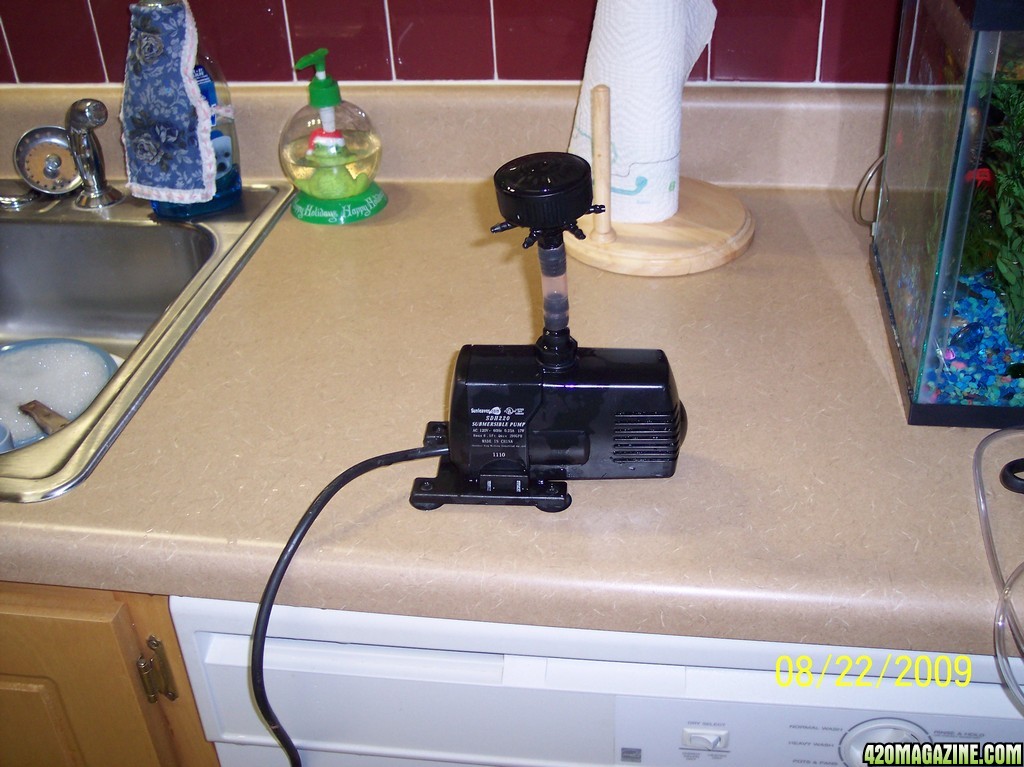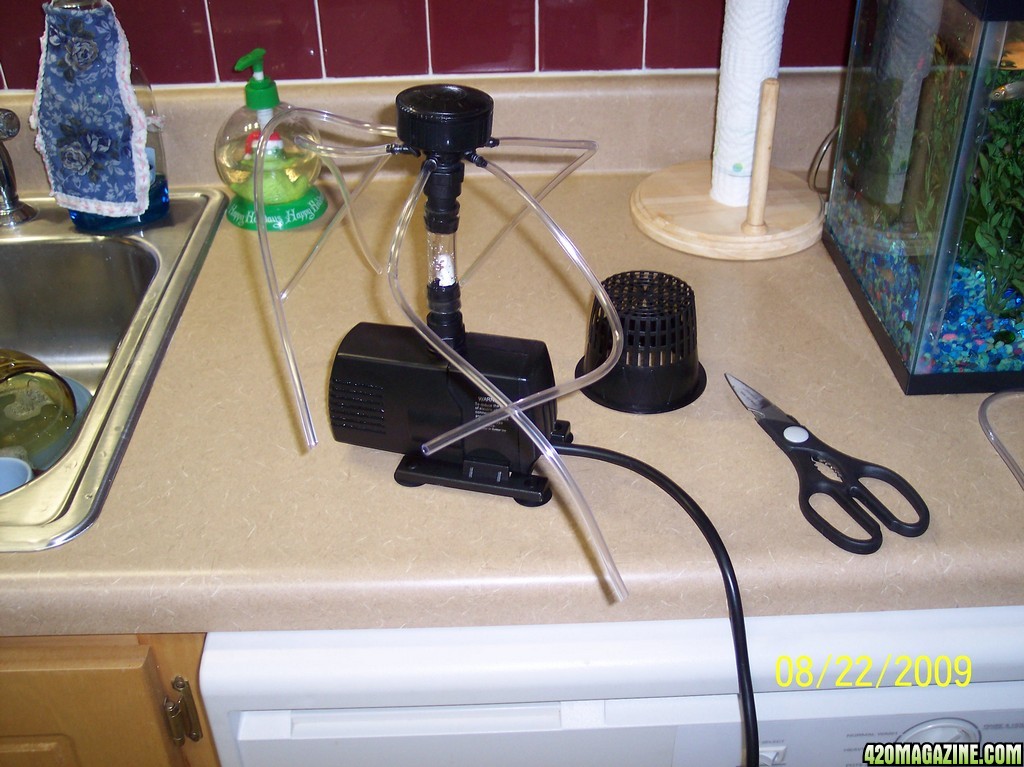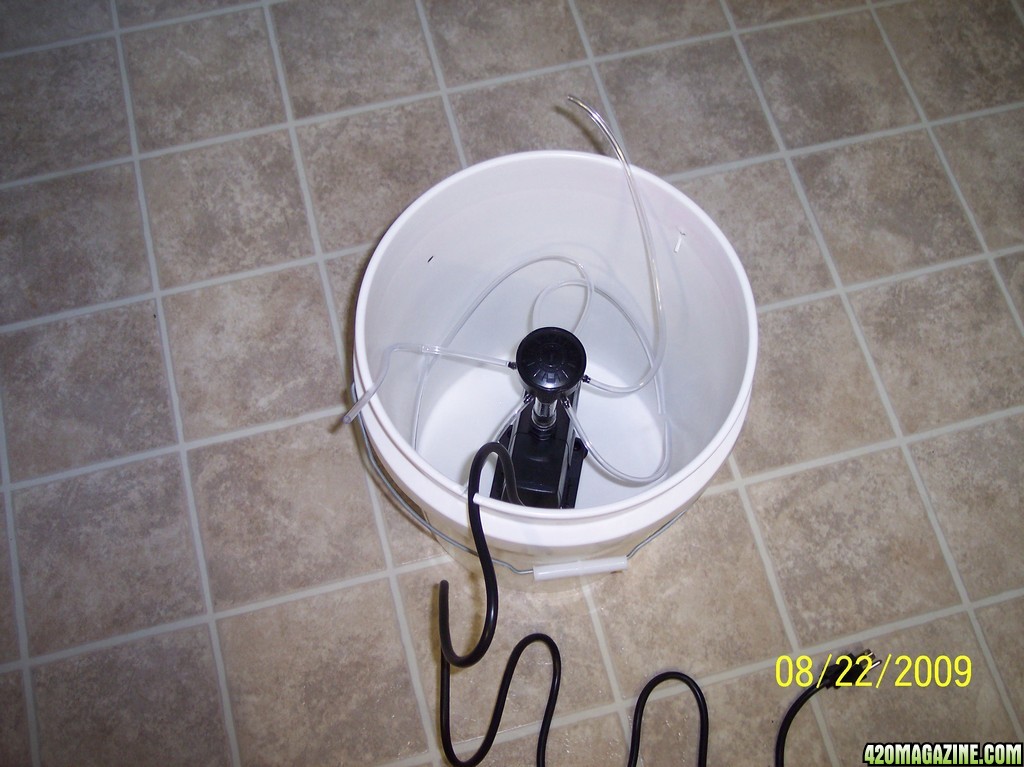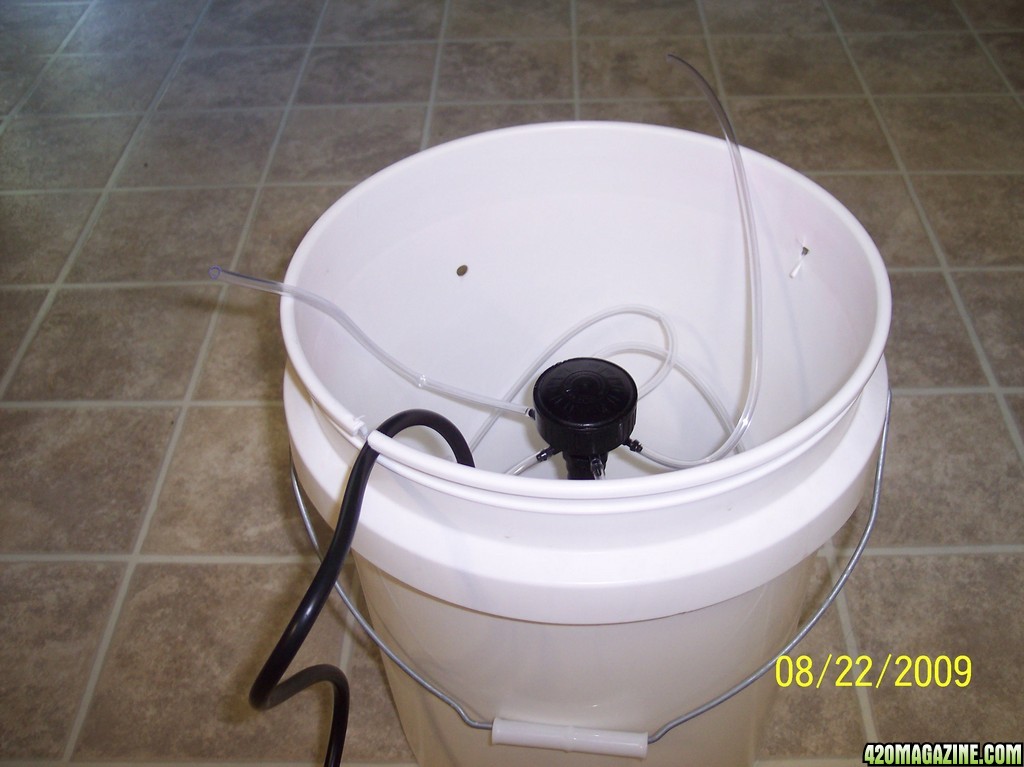- Thread starter
- #21
Re: Roseman's Deep Water Culture Tutorial, SH Kit & DIY
If you have Questions or Comments, or Disagree with me, then please go here:
The Deep Water Culture Home
HOME OF THE Deep Water Culture
https://www.420magazine.com/communi...roponics-deep-water-culture-growing-q.110871/
That way this Thread is shorter and easier to learn from.
This Tutorial is dedicated to all my Deep Water Culture friends and to the New Growers wanting to learn. I base all of this on what I read in books, on Internet Grow Sites and more so on my own personal experience. I have completed 8 grows this way, although I continue to learn from each and every grow.
If you have Questions or Comments, or Disagree with me, then please go here:
The Deep Water Culture Home
HOME OF THE Deep Water Culture
https://www.420magazine.com/communi...roponics-deep-water-culture-growing-q.110871/
That way this Thread is shorter and easier to learn from.
This Tutorial is dedicated to all my Deep Water Culture friends and to the New Growers wanting to learn. I base all of this on what I read in books, on Internet Grow Sites and more so on my own personal experience. I have completed 8 grows this way, although I continue to learn from each and every grow.



